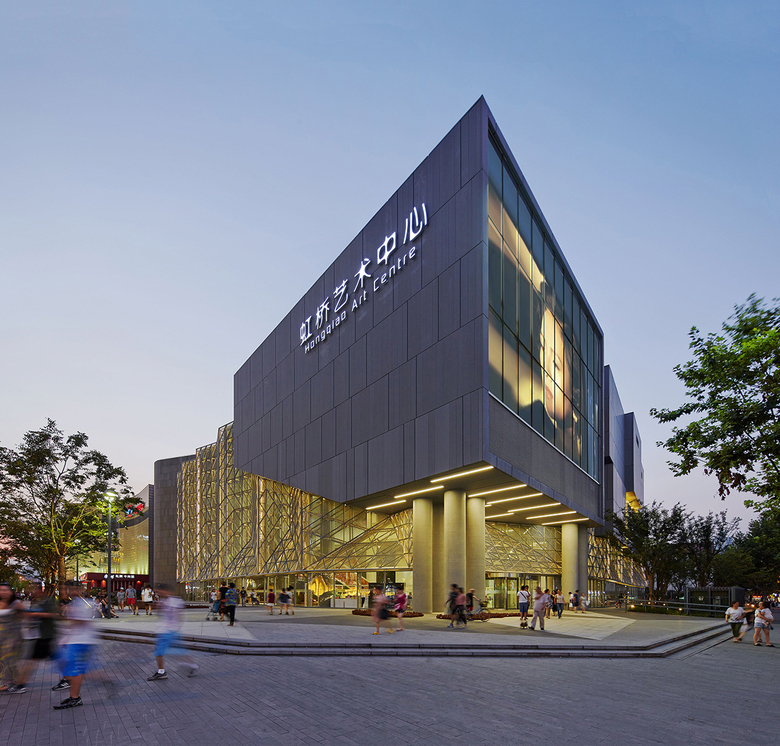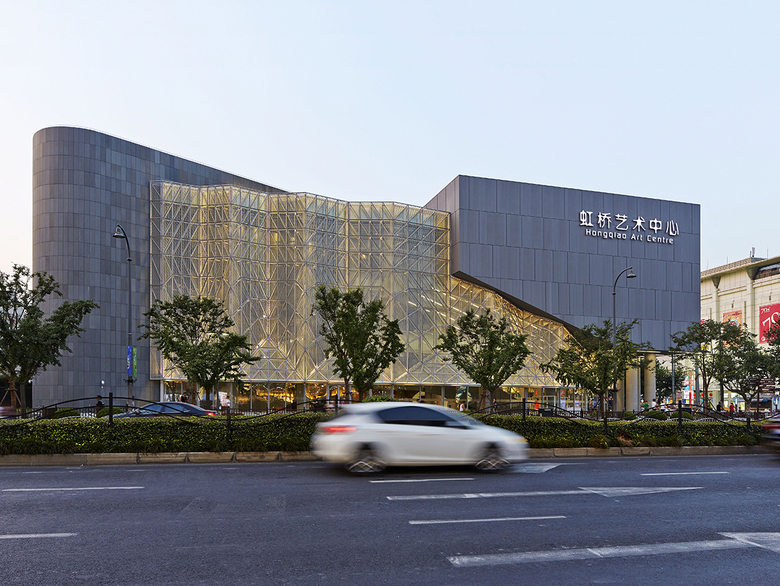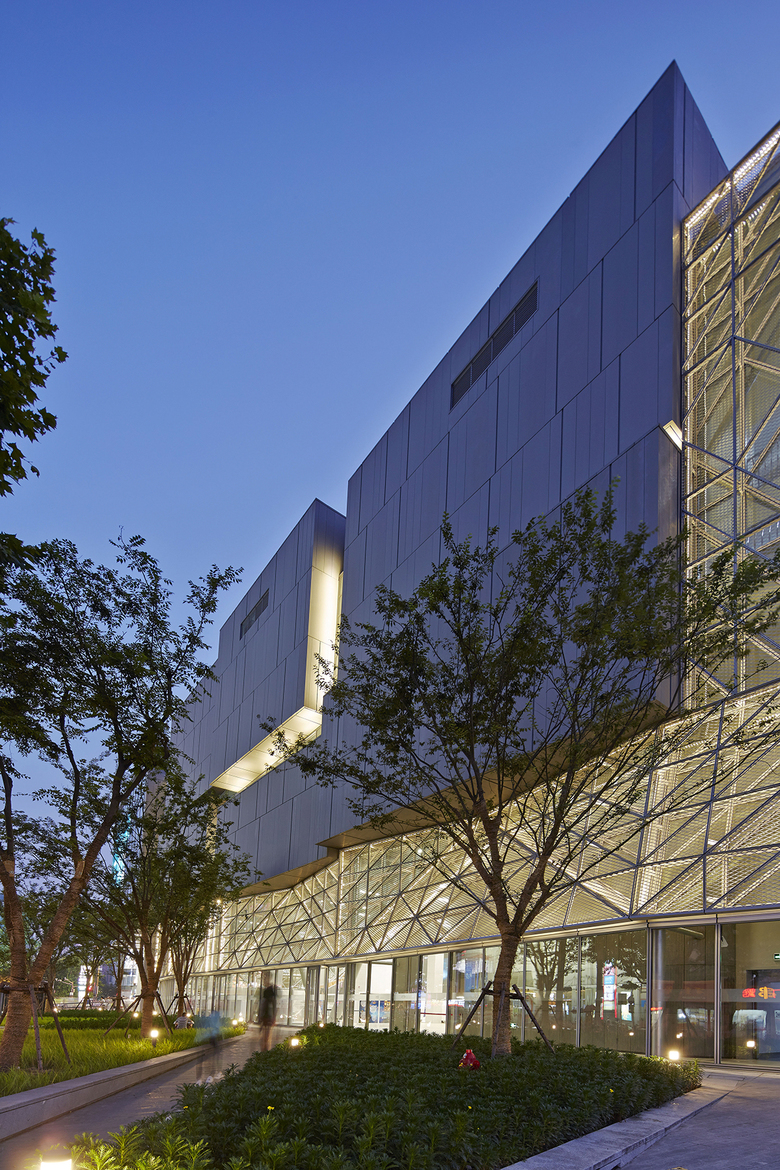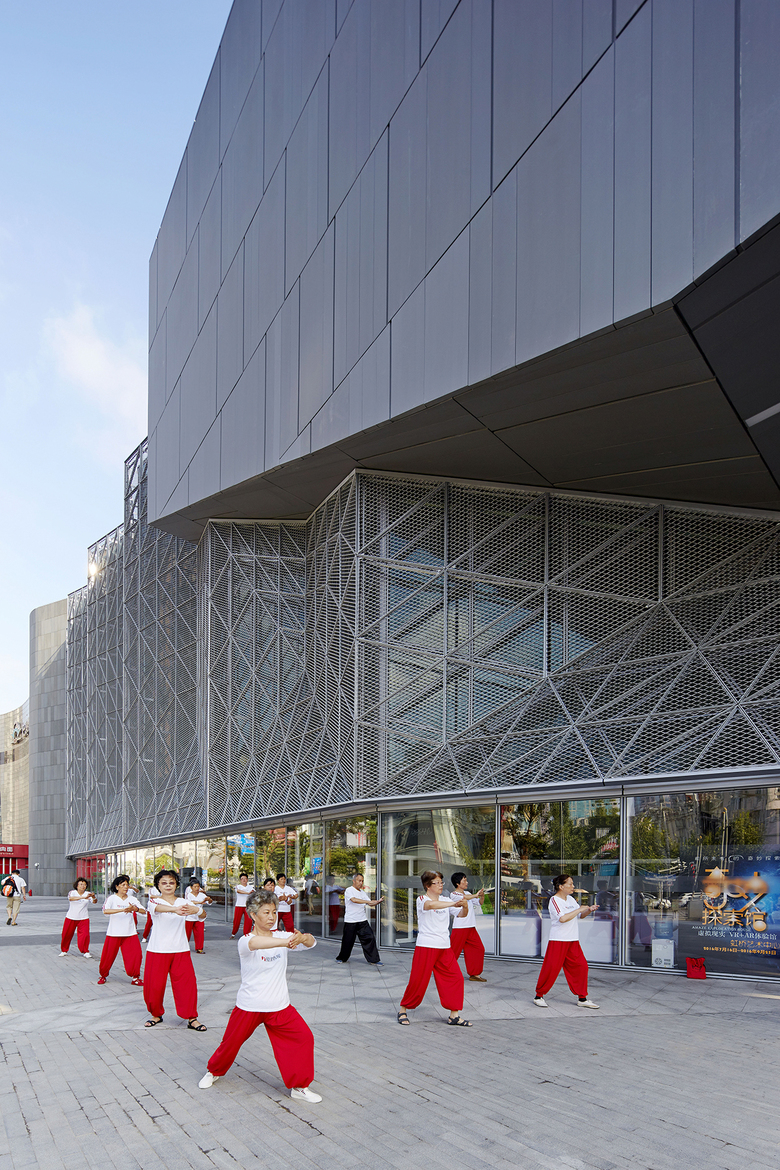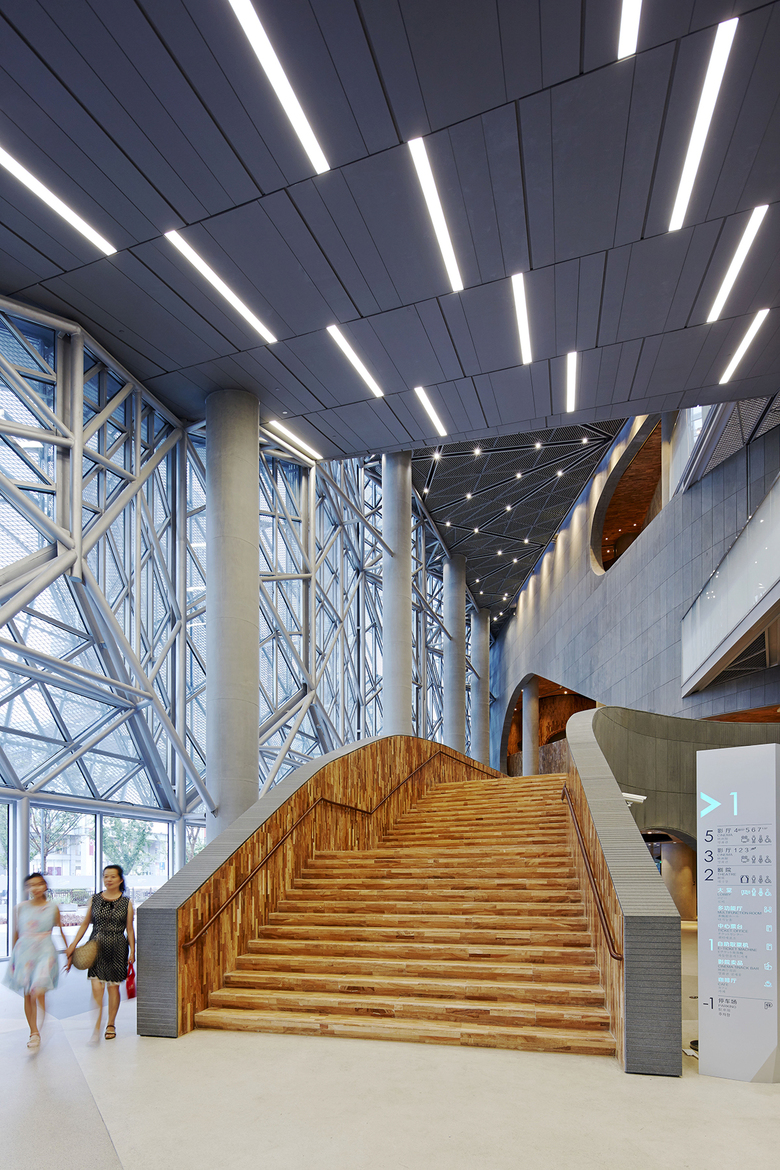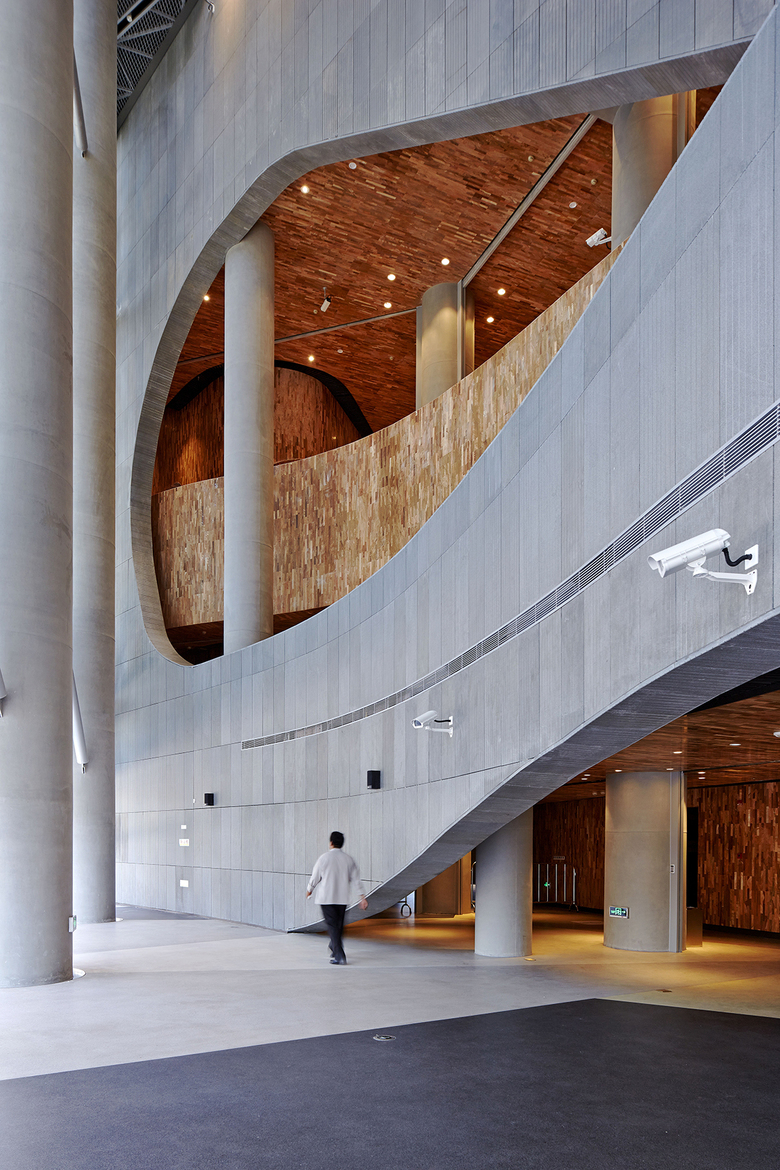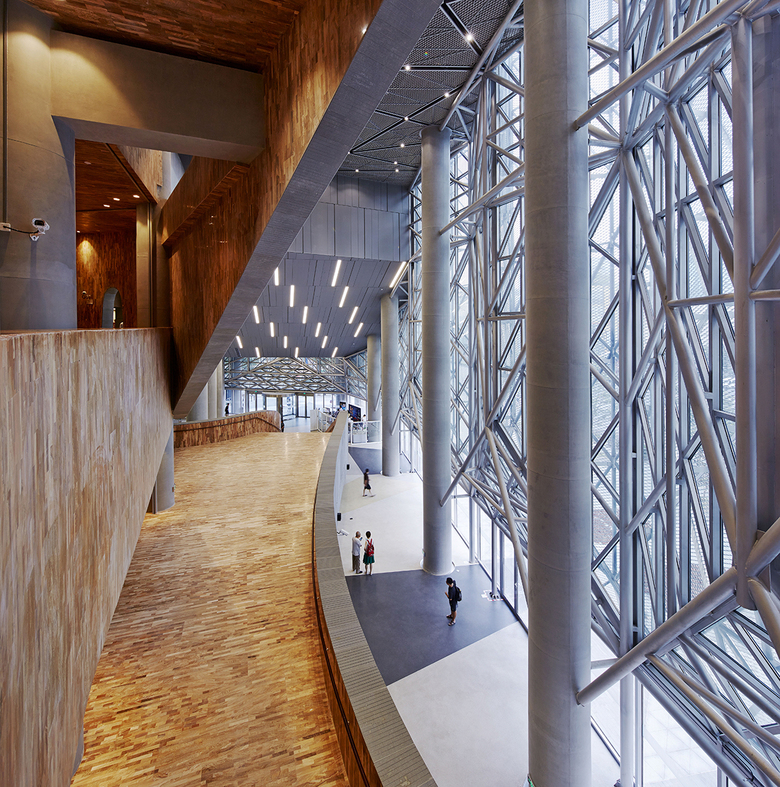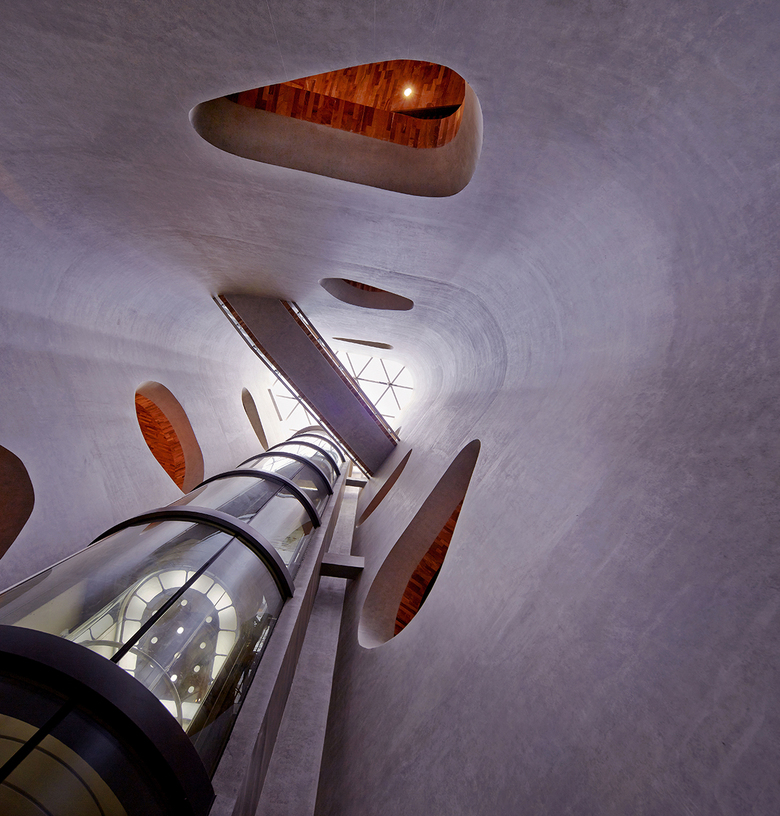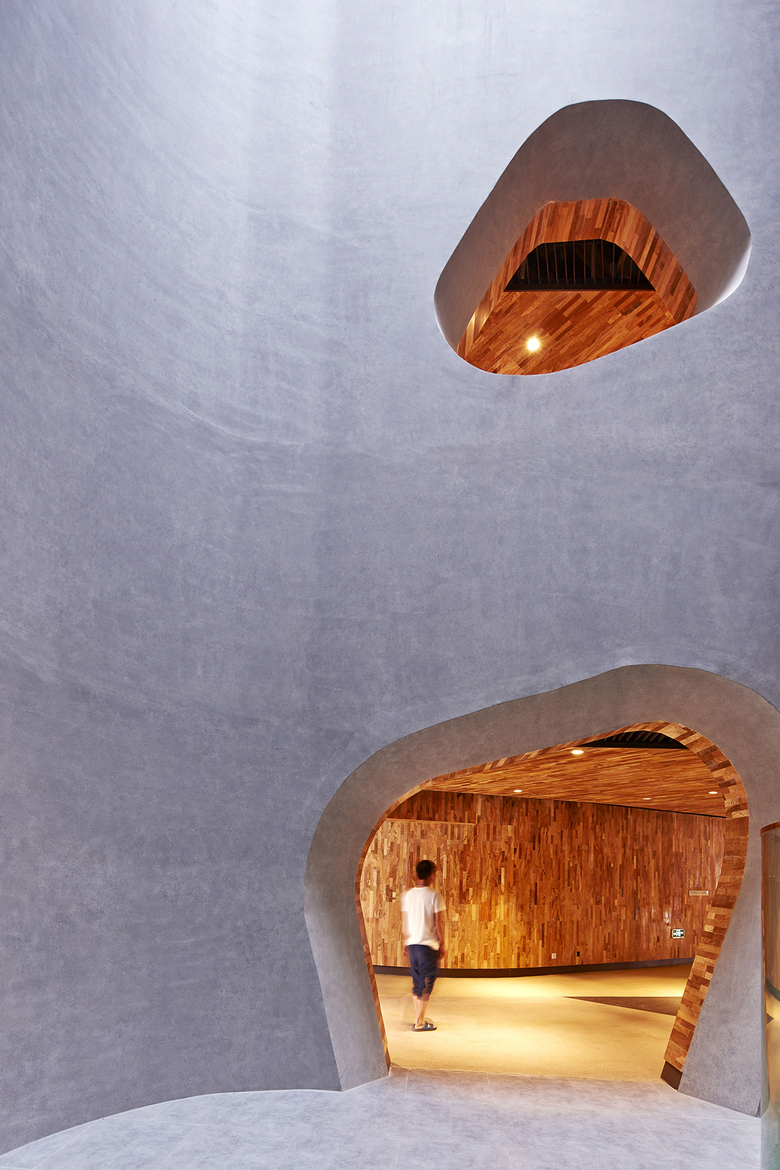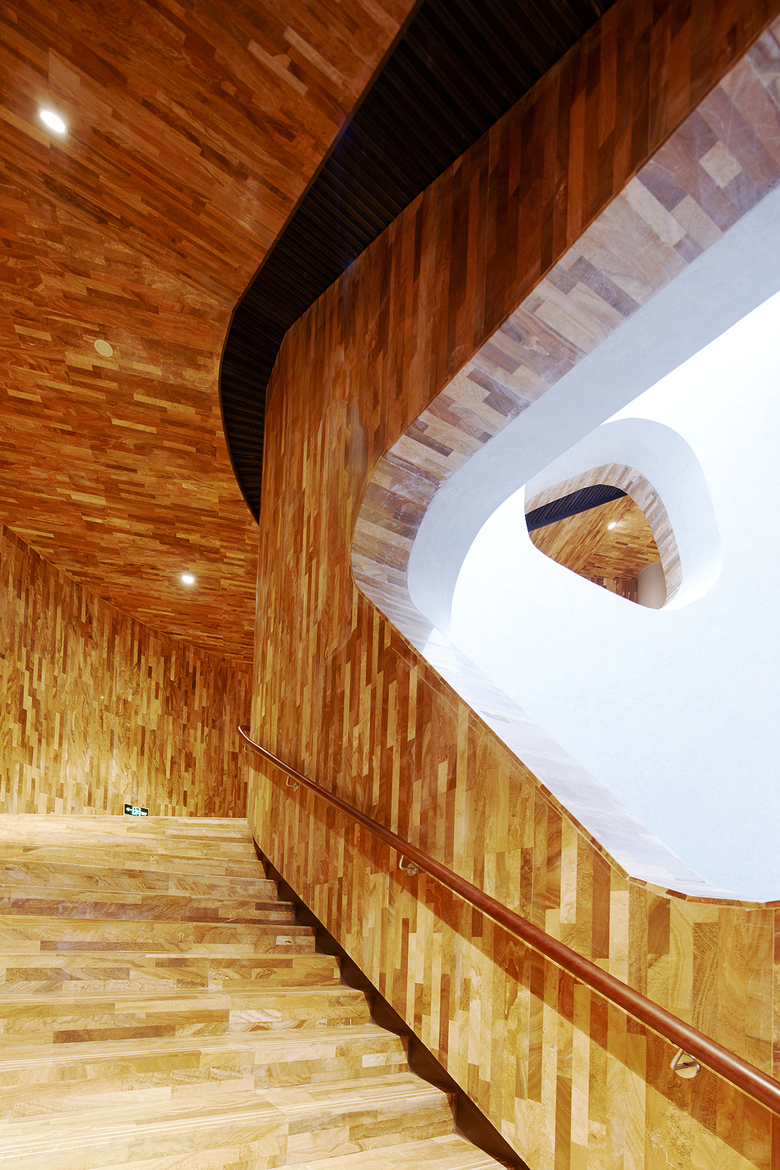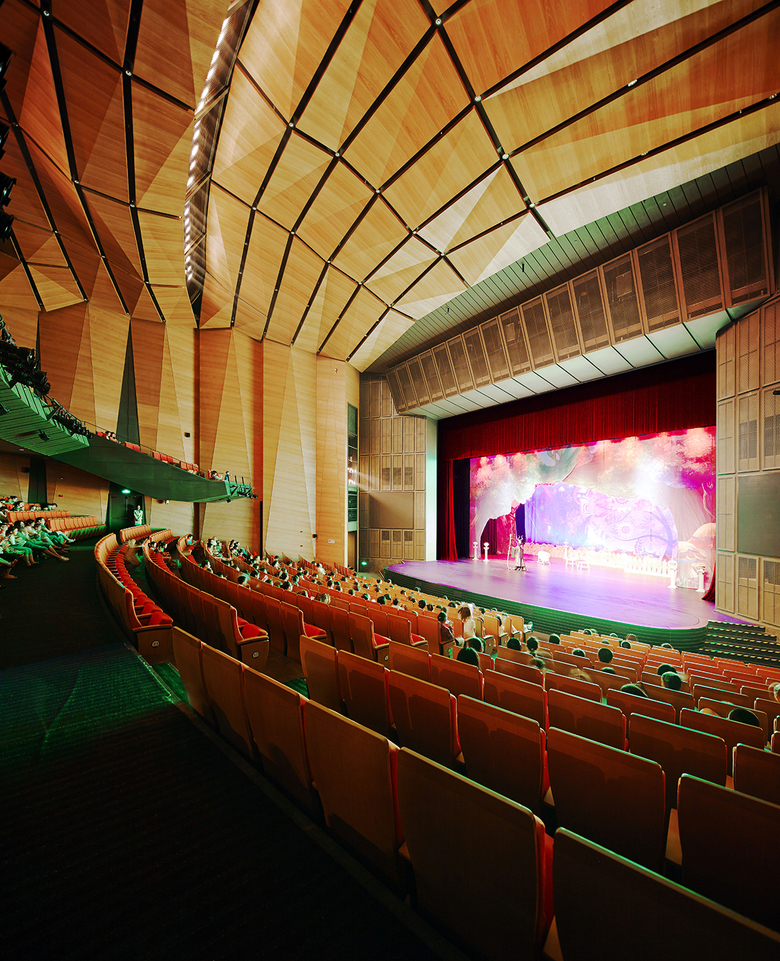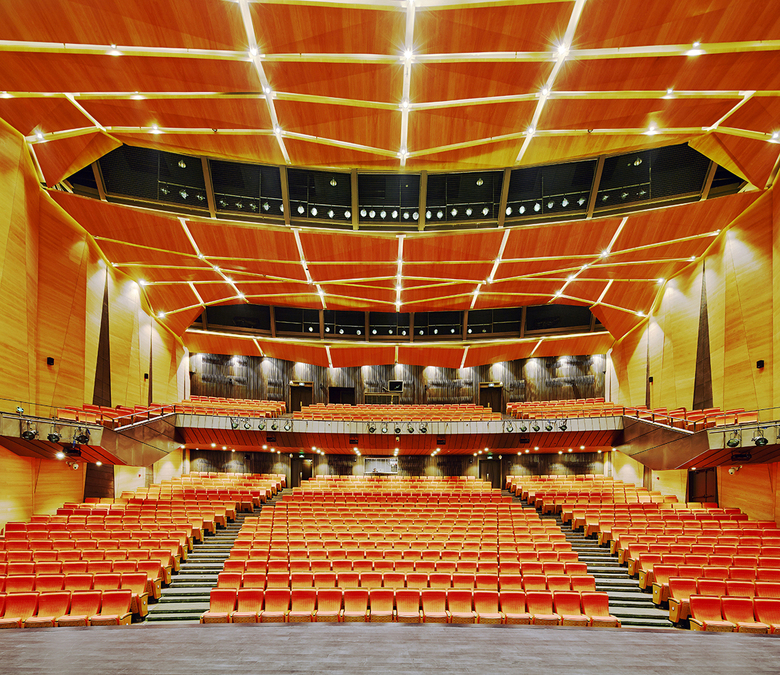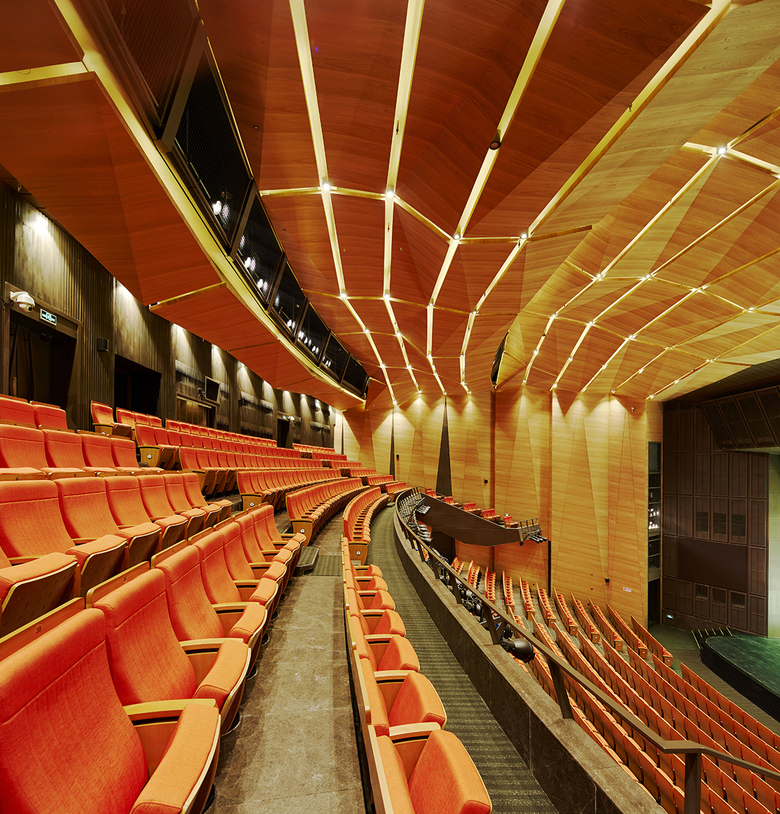Shanghai Hongqiao Performing Arts Center
The project is located in Tianshan Road, the new commercial boulevard in Hongqiao, one of Shanghai’s high activity districts. It is surrounded by brightly lit shopping malls built this century. This development replaces and expands on the existing state run cinema centre on the site. The project was the subject of three rounds of invited competition over five years before BAU was contracted to design the project.
Location: 888 Tianshan Road, Changning District, Shanghai, China
Client: Shanghai Changning Cultural Bureau Construction
Program: 1000-seat theatre + support rooms, seven cinemas (264 seat, 2-172 seat, 105 seat, 2-95 seat, 44 seat), two cafes, offices, underground parking
Architect: BAU (Brearley Architects & Urbanists)
- BAU Architecture Team: Architecture Team: James Brearley, Steve Whitford, Jiang Han, Luo Huaili, Liu Shuai, Song Hui, Yang Qing’an, Xia Wen, Emma Rytoft, Rong Yu, Li Fuming
- BAU Landscape Team: Robin Armstrong, Luo Li, Liang Yongqing, Chen Qi
Documenting Architect and Engineer: Qingdao Times Architectural Design Co., Ltd
Interior Architect: BAU + Shanghai Jianke Architectural Design Institute Co., Ltd
Acoustic Design & Consultant: Shanghai Research Institute of Building Science Group
Theater Stage Tech: Zhejiang Dafeng Industry Co., Ltd.
Cinema Tech: Shanghai Paradise CineTech Co., Ltd.
Sustainability Accreditation: China MOHURD 2 Green Stars
Area: 14,300 m2
This project includes both traditional and modern programs of mass entertainment: theatre (1000 seats) and cinema (seven of various capacities). Usually seen as separate programs and increasingly supported by distinctly different user groups, this project presents the opportunity for the two different programs and variable patrons to engage. Articulating the programs as separate objects and linking them via an enclosed plaza creates an in-between-space in which the differences between the programs are enhanced, the potential for cross-patronage is maximized, and cross-fertilization between the performing arts is encouraged.
The theatre is developed as a stone monolith (a traditional material for a traditional program) with rounded articulation and a theatrical staircase. The cinemas are an ensemble of stacked metal boxes (a 20th Century material for a 20th Century program), the largest of which is suspended above the street corner. The enclosed plaza or mixing-lobby has ticket offices, café, flexible exhibition and event space, and open views to the external plaza and streetscape, also designed by BAU.
